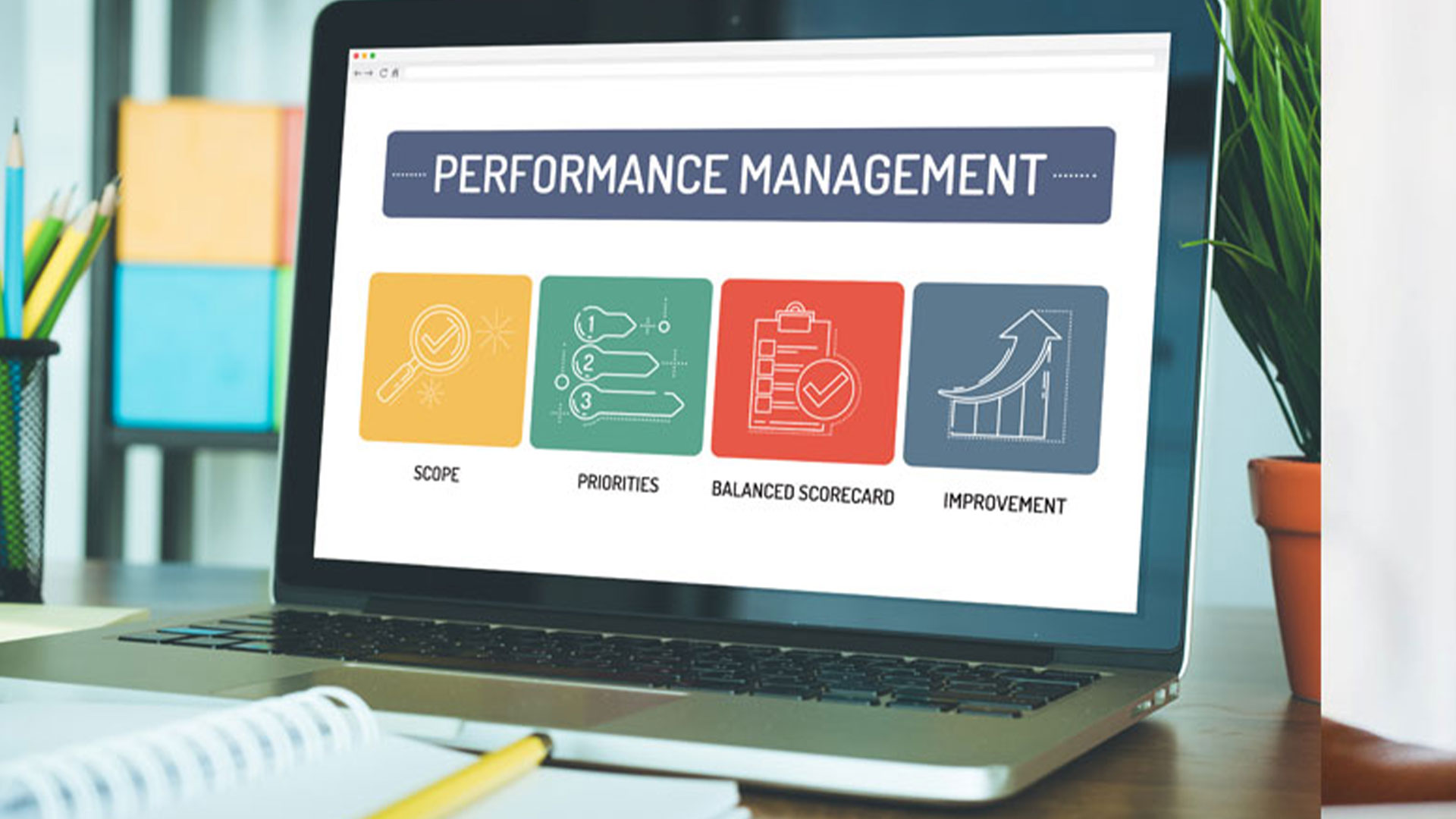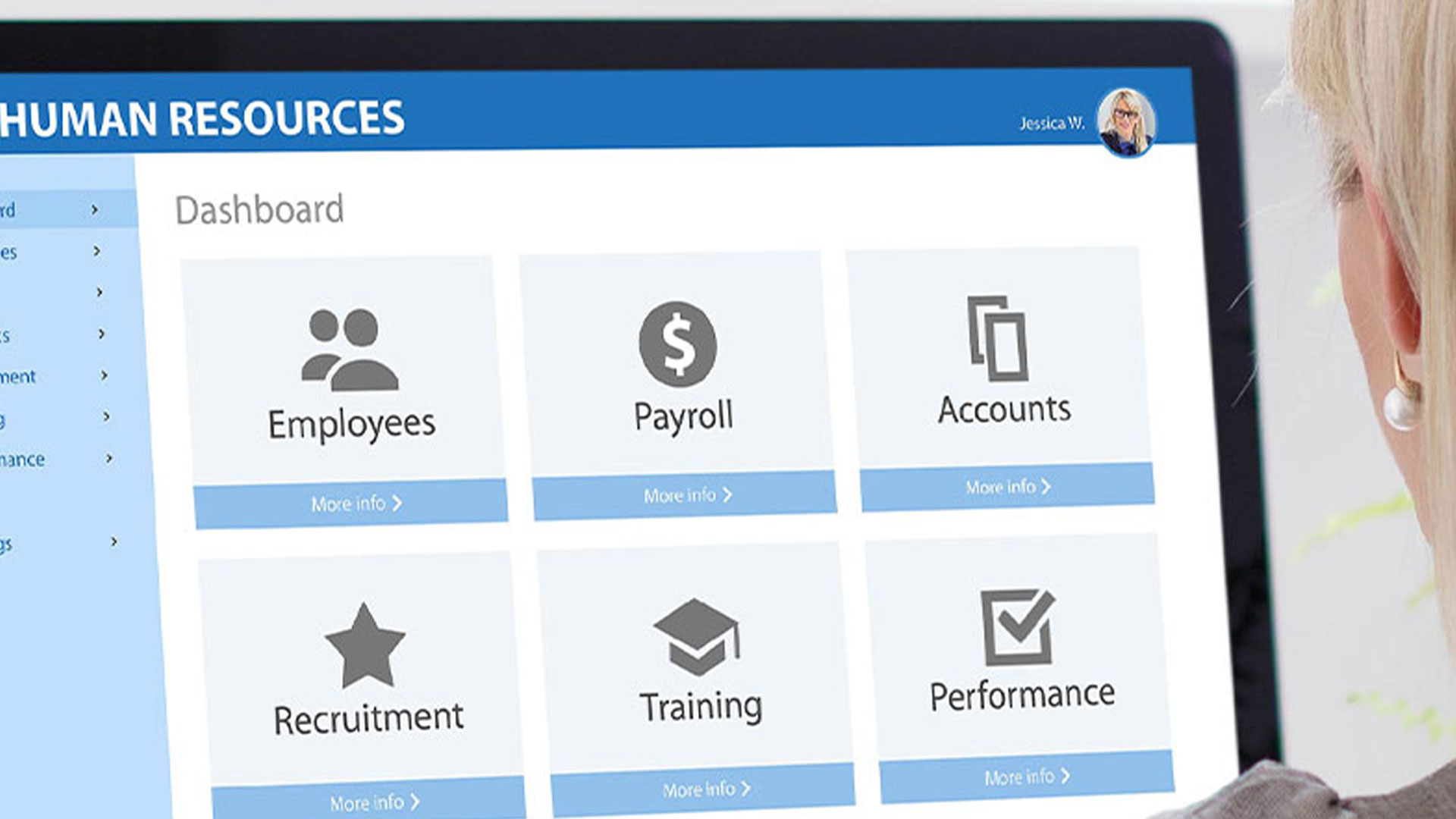7 Cost-Effective Recruitment Tips for Your Business


We have successfully navigated through the first quarter of 2023 without the possible recession. However, businesses have continued to prioritize cost-cutting measures to prepare for what is approaching. For many organizations, cutbacks simply mean tightening of the budgets. Unfortunately, recruitment is often the primary area to take a hit when budgets are stringent.
61% of business leaders anticipate hiring or retention program budget reductions this year.
Acquiring the right talent is vital for organizational success. However, the temptation to expedite the hiring process is common in today's fast-paced business landscape. This rushed approach may offer temporary relief by filling open positions quickly, but it can result in long-term consequences known as "recruiting debt." The primary objective of recruitment should be to attract highly skilled professionals in the industry who can contribute to the company's success. Despite the influx of applicants on a daily basis, it is crucial for recruitment processes to be discerning in order to identify the most qualified candidates.
However, there is a silver lining. You don't have to resort to extreme measures like hiring freezes or layoffs to stay within your budget; you can always opt for cost-effective recruiting practices. Here are seven strategies to help you recruit more efficiently and cost-effectively, regardless of the economic climate. Dive into the below session to learn more.
Examining each applicant thoroughly to determine their suitability, as well as investing in their training and orientation, can put a strain on the company's financial resources. Thus, there exists a delicate equilibrium between the expenses associated with recruitment and the extent to which the company is willing to invest in securing top-tier talent.
7 Cost-Effective Recruiting Tips for Your Business
Advertise where it's worth it
Adopting effective advertising strategies is crucial to enhance the cost-effectiveness of your hiring efforts. Utilizing data analysis, you can identify the recruitment channels that have proven efficient in attracting highly qualified candidates, enabling you to allocate your job advertising budget wisely.
By investing in the appropriate advertising platforms, you can optimize your budget allocation. An effective approach is to explore programmatic job advertising.
Programmatic job advertising has the potential to reduce your cost-per-applicant by over 30%.
Furthermore, it is essential to acknowledge the evolving labor market dynamics, mainly due to the COVID-19 crisis, which has significantly increased unemployment rates. As a result, you are likely to receive a higher volume of applications without having to invest heavily in advertising as extensively as before.
Emphasizing internal mobility as a strategy to address skill shortages
Internal mobility programs offer a cost-effective solution for reducing recruiting expenses. By motivating employees to explore new opportunities within the organization, companies can benefit in various ways, particularly during times of economic uncertainty. To establish a successful internal mobility program, foster a culture that values internal job transitions. Start by performing an internal audit to identify skills gaps and leverage existing team members to fill those gaps. This assessment will also help determine which skills need to be sourced externally.
However, despite the advantages of internal talent mobility, many companies struggle to get it right.
Nearly half of all companies (49%) express concern about their internal systems' capability to identify and transition employees into different positions effectively.
To overcome this, develop structured internal recruitment processes that promote career development and mentorship. This approach not only enhances internal mobility but also boosts employee retention rates.
94% of employees are more likely to stay with a company that invests in their growth.
You may also consider hiring high-performing interns for entry-level positions within the organization.
Encourage employee referrals
Employee referral is a highly effective way to find qualified candidates who align with the company culture.
69% of organizations have a formal employee referral program in place.
The advantages are evident:
- Leveraging your employees' connections enables you to make exceptional hires at a reduced cost.
- Referred candidates tend to complete training faster and reach peak productivity sooner.
- They are five times more likely to be hired, with one in five referrals receiving a job offer.
- Referred employees often prove to be a long-term fit as they come recommended by individuals who already know and appreciate the company culture.
Establishing or enhancing your employee referral program to achieve cost-effective recruiting is crucial. You can accomplish this by incentivizing employee referrals through incentives like retail gift cards or cash bonuses. Additionally, tapping into the organization's external network and identifying suitable colleagues can yield positive results.
Also Read: Recruitment Process Outsourcing | Trends for 2023 and Why Your Business Needs it.
Use recruiting automation
Companies with a time to hire of three weeks or more spend approximately $3,000-$4,000 per hire, whereas those with a time to hire under three weeks experience a significant 50% cost reduction.
Automating manual and repetitive hiring tasks minimizes labor hours, leading to financial savings and enhanced recruitment operations. Several steps in the recruitment processes can benefit from automation to optimize cost-effectiveness, including:
- Advertising open roles
- Tracking job applicants
- Scheduling job interviews
- Recruiting on social media
- Pre-screening candidates
- Rediscovering past candidates
- Nurturing job candidates
- Conducting background checks
By implementing recruiting automation, businesses can achieve efficient and budget-friendly hiring practices while saving valuable time and resources.
Adopt remote interviewing
Remote interviewing has become increasingly popular, primarily due to the COVID-19 pandemic, which has made in-person interviews difficult. According to a survey, 63% of companies have used video interviews in their hiring process, and this trend continues to grow as more organizations adopt virtual interviewing.
The advantages of remote interviewing are evident.
- It reduces time to hire, minimizes unconscious biases in hiring decisions, simplifies scheduling, and ultimately lowers hiring costs.
- Companies that utilize virtual interviews are 2.7 times more likely to improve their cost per hire compared to those that don't.
- Leading companies are 61% more likely to use video interviewing tools than others.
To streamline the interviewing process and save labor hours, one-way video interviews can be used for candidate screening instead of phone calls. Later stages of the candidate journey can include live virtual interviews, which can be easily scheduled with the help of an interview scheduling tool.
In response to COVID-19, many companies are also opting for virtual job fairs for recruitment. These virtual fairs are more cost-effective to organize and participate in than physical job fairs.
Use recruitment analytics and track results.
Recruitment analytics is a game-changer for organizations seeking smarter, cost-effective recruiting.
By 2025, 84% of recruiters predict data-driven hiring decisions to be the norm.
Utilizing these analytics enhances hire quality, process efficiency, and cost optimization. However, not all metrics hold equal value. Selecting the right metrics is crucial for effective recruitment analytics. While time to hire, cost per hire, and retention rate is commonly tracked, other metrics offer powerful insights, including:
- Source of hire
- Retention rate
- Candidate quality
- Turnover rate
- Quality of hire
- Applicant-to-hire
- Application completion rate
Use social media and other digital channels.
Social recruiting has gained immense popularity lately as organizations incorporate it into their hiring strategies.
According to a survey, 70% of hiring managers have achieved successful hires through social media, while 71% have found it effective in reducing the time to fill positions.
Leveraging digital platforms such as social media, company blogs, websites, job portals, and job alerts can enhance visibility, lower recruitment expenses, and strengthen your sourcing approach. It's important to note that social media platforms are free to use, presenting an opportunity to enhance your employer brand simultaneously. It's a win-win situation!
Conclusion
Making wise hiring decisions is crucial for both cost-cutting and retaining top talent. However, having the apt knowledge and tools to foster efficient and cost-effective recruiting processes is vital. Exela HR Solutions is a market leader in providing HR outsourcing services. We at Exela HR Solutions take care of your entire hiring process, from finding the right talent suitable to your business requirements to hiring to onboarding new hires. If you are struggling with costly and time-consuming recruitment processes, get in touch with our experts to design and deliver a cost-effective recruiting strategy for your business. Speak with our experts at Exela HR Solutions today!
DISCLAIMER: The information on this site is for general information purposes only and is not intended to serve as legal advice. Laws governing the subject matter may change quickly, and Exela cannot guarantee that all the information on this site is current or correct. Should you have specific legal questions about any of the information on this site, you should consult with a licensed attorney in your area.








